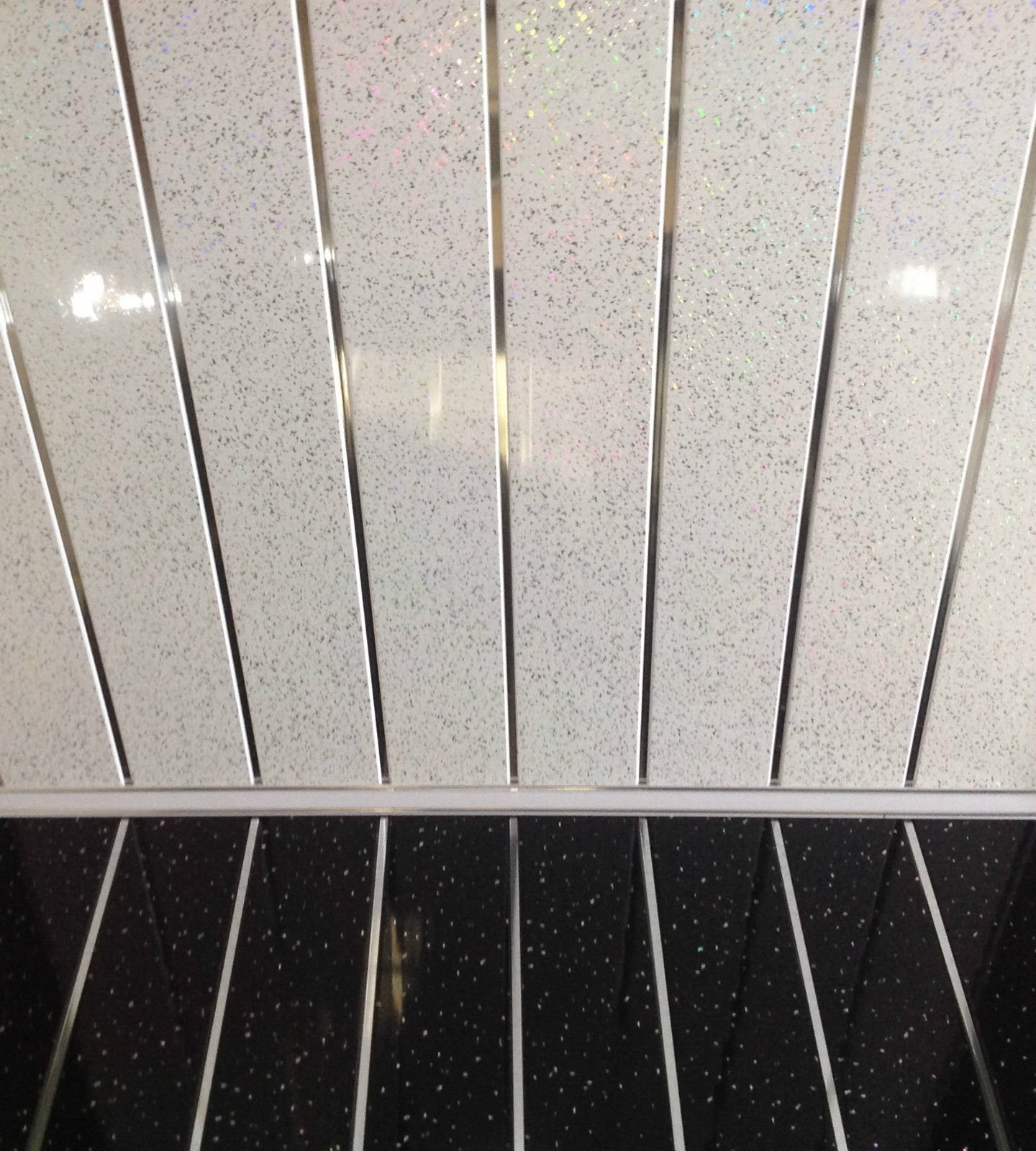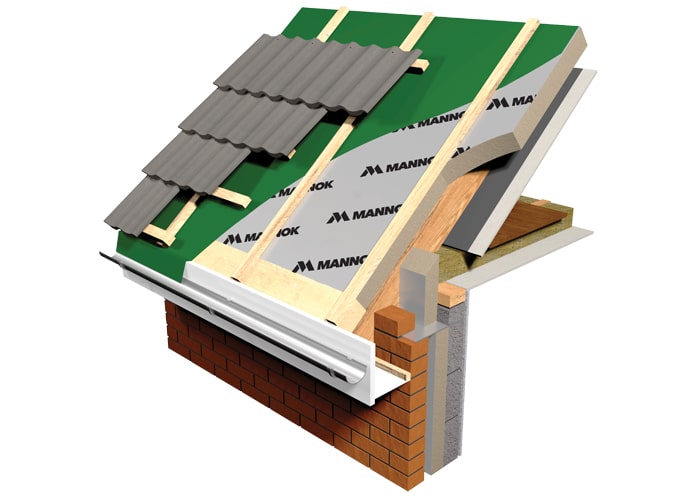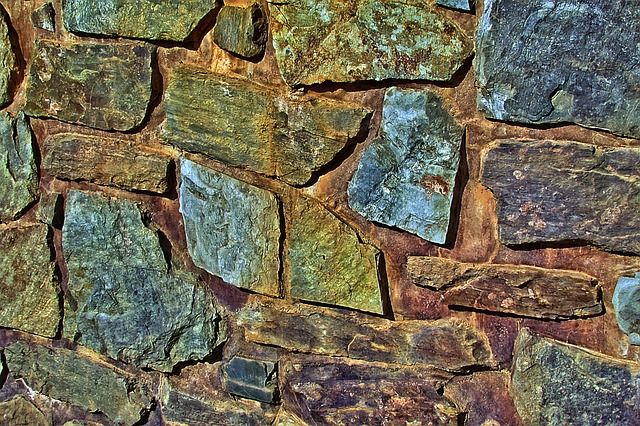PVC cladding has gained popularity in the construction industry due to its durability, versatility, and cost-effectiveness. However, concerns about its safety have also emerged. In this blog post, we will delve into the topic of PVC cladding safety, exploring its potential risks, benefits, and the latest research findings. By providing a comprehensive analysis, we aim to help readers make informed decisions regarding the use of PVC cladding in their projects.
- Understanding PVC Cladding:
PVC cladding, also known as vinyl cladding, is a type of exterior wall covering made from polyvinyl chloride (PVC) resin. It is commonly used to enhance the aesthetics and protect the underlying structure of buildings. PVC cladding comes in various styles, textures, and colors, making it a popular choice for both residential and commercial applications. - Fire Safety:
One of the primary concerns regarding PVC cladding is its fire safety. PVC is a thermoplastic material, which means it can melt and release toxic gases when exposed to high temperatures. However, advancements in technology have led to the development of fire-resistant PVC cladding options. These products undergo rigorous testing to meet fire safety standards, ensuring that they do not contribute significantly to the spread of flames. - Environmental Impact:
Another aspect to consider when evaluating the safety of PVC cladding is its environmental impact. PVC is derived from fossil fuels and requires energy-intensive processes for production. Additionally, the disposal of PVC waste can pose environmental challenges. However, it is important to note that PVC cladding can have a long lifespan, reducing the need for frequent replacements and minimizing waste generation. Furthermore, some manufacturers have implemented recycling programs to mitigate the environmental impact of PVC cladding. - Health Concerns:
There have been concerns about the potential health risks associated with PVC cladding, particularly regarding the release of volatile organic compounds (VOCs) and phthalates. VOCs are chemicals that can be emitted from certain building materials and may contribute to indoor air pollution. Phthalates, on the other hand, are plasticizers used in PVC production and have been linked to various health issues. However, stringent regulations and industry standards have been implemented to limit the presence of harmful substances in PVC cladding, ensuring its safety for occupants. - Maintenance and Durability:
PVC cladding is known for its low maintenance requirements and durability. Unlike traditional materials such as wood, PVC cladding does not rot, warp, or require regular painting. This not only saves time and money but also contributes to the overall safety of the building. Additionally, PVC cladding is resistant to moisture, pests, and UV radiation, further enhancing its longevity and performance.
Conclusion:
In conclusion, the safety of PVC cladding depends on various factors, including fire resistance, environmental impact, health concerns, and durability. While there are valid concerns associated with PVC cladding, advancements in technology and industry regulations have addressed many of these issues. By choosing fire-resistant, environmentally conscious, and certified PVC cladding products, individuals can ensure the safety and longevity of their buildings. It is crucial to stay informed about the latest research and industry developments to make well-informed decisions regarding PVC cladding usage.



